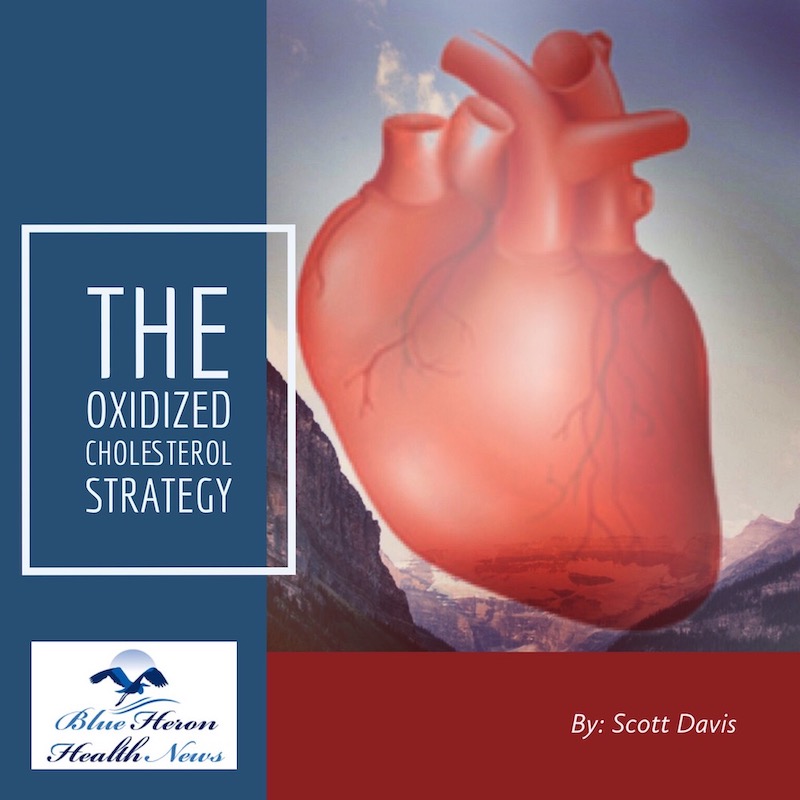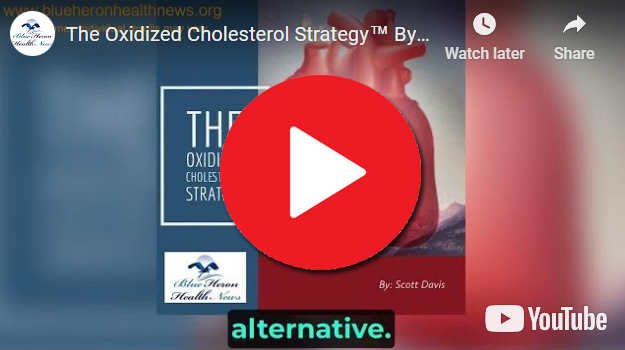
The Oxidized Cholesterol Strategy™ By Scott Davis The Oxidized Cholesterol Strategy is a well-researched program that reveals little known secret on how to tackle cholesterol plaque. This program will tell you step by step instructions on what you need to completely clean plaque buildup in your arteries so as to drop your cholesterol to healthy level.
What is the role of vitamin E in preventing cholesterol oxidation?
Vitamin E plays a critical role in preventing cholesterol oxidation, particularly the oxidation of low-density lipoprotein (LDL) cholesterol, which is a key factor in the development of atherosclerosis and cardiovascular disease. Here’s a detailed explanation of how vitamin E functions in this context:
1. Antioxidant Properties
Free Radical Scavenging
- Lipid-Soluble Antioxidant: Vitamin E is a lipid-soluble antioxidant, meaning it is incorporated into cell membranes and lipoproteins, where it protects lipids from oxidative damage.
- Scavenging Free Radicals: Vitamin E can donate a hydrogen atom to neutralize free radicals, particularly reactive oxygen species (ROS) and reactive nitrogen species (RNS), which are responsible for initiating lipid peroxidation.
Protection of LDL Cholesterol
- Prevention of LDL Oxidation: By neutralizing free radicals, vitamin E prevents the oxidative modification of the polyunsaturated fatty acids (PUFAs) in LDL particles. This is crucial because oxidized LDL (OxLDL) is highly atherogenic and contributes to the formation of atherosclerotic plaques.
- Inhibition of Lipid Peroxidation: Vitamin E interrupts the chain reaction of lipid peroxidation within LDL particles, thereby protecting ApoB-100, the main protein component of LDL, from oxidative damage.
2. Role in Lipid Metabolism
Stabilizing Cell Membranes
- Membrane Integrity: Vitamin E helps maintain the integrity and fluidity of cell membranes by protecting phospholipids and cholesterol within the membrane from oxidative damage.
- Preventing Lipid Raft Disruption: Lipid rafts are microdomains in cell membranes rich in cholesterol and sphingolipids. Vitamin E helps prevent the oxidative disruption of these rafts, which play important roles in cell signaling and lipid transport.
3. Anti-Inflammatory Effects
Modulation of Inflammatory Responses
- Reduction of Pro-Inflammatory Cytokines: Vitamin E can reduce the production of pro-inflammatory cytokines such as TNF-α, IL-1β, and IL-6. These cytokines contribute to chronic inflammation and oxidative stress, which are key factors in the oxidation of LDL cholesterol.
- Inhibition of NF-κB Pathway: Vitamin E inhibits the nuclear factor-kappa B (NF-κB) pathway, a major regulator of inflammation and immune responses. This reduces the expression of adhesion molecules and inflammatory mediators that promote atherosclerosis.
4. Enhancing Antioxidant Defenses
Regeneration and Synergy with Other Antioxidants
- Recycling by Vitamin C: Vitamin E can be regenerated by other antioxidants, such as vitamin C, after it has neutralized free radicals. This recycling enhances the overall antioxidant capacity of the body.
- Synergistic Effects: Vitamin E works synergistically with other antioxidants like selenium, vitamin C, and beta-carotene to provide comprehensive protection against oxidative stress.
5. Influence on Lipoprotein Function
Impact on HDL Cholesterol
- Preservation of HDL Function: Vitamin E helps maintain the functionality of high-density lipoprotein (HDL) cholesterol, which is responsible for reverse cholesterol transport. By preventing the oxidation of HDL, vitamin E ensures that HDL can effectively remove excess cholesterol from tissues and arterial walls.
6. Clinical and Dietary Considerations
Sources of Vitamin E
- Dietary Sources: Vitamin E is found in various foods, including vegetable oils (such as wheat germ oil, sunflower oil, and safflower oil), nuts and seeds (almonds, hazelnuts, sunflower seeds), green leafy vegetables (spinach, broccoli), and fortified cereals.
- Supplementation: Vitamin E supplements are available, but it’s generally recommended to obtain nutrients from a balanced diet unless otherwise advised by a healthcare provider.
Recommended Intake
- Daily Requirements: The recommended dietary allowance (RDA) for vitamin E varies by age, sex, and life stage. For most adults, the RDA is 15 milligrams (22.4 IU) of alpha-tocopherol per day.
Caution with Supplementation
- Balance and Safety: While vitamin E is beneficial, excessive supplementation can be harmful and may interfere with the actions of other fat-soluble vitamins (A, D, and K). It’s important to follow recommended guidelines and consult with a healthcare provider before starting high-dose vitamin E supplements.
Conclusion
Vitamin E plays a vital role in preventing cholesterol oxidation through its potent antioxidant properties, stabilizing cell membranes, reducing inflammation, and enhancing overall antioxidant defenses. By protecting LDL cholesterol from oxidative damage, vitamin E helps reduce the risk of atherosclerosis and cardiovascular disease. Incorporating vitamin E-rich foods into the diet and maintaining a balanced intake of antioxidants is crucial for cardiovascular health and effective management of oxidative stress.
The Oxidized Cholesterol Strategy™ By Scott Davis The Oxidized Cholesterol Strategy is a well-researched program that reveals little known secret on how to tackle cholesterol plaque. This program will tell you step by step instructions on what you need to completely clean plaque buildup in your arteries so as to drop your cholesterol to healthy level.
